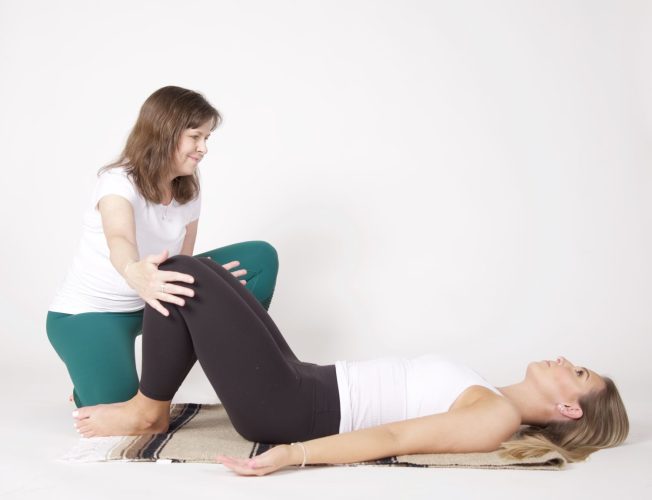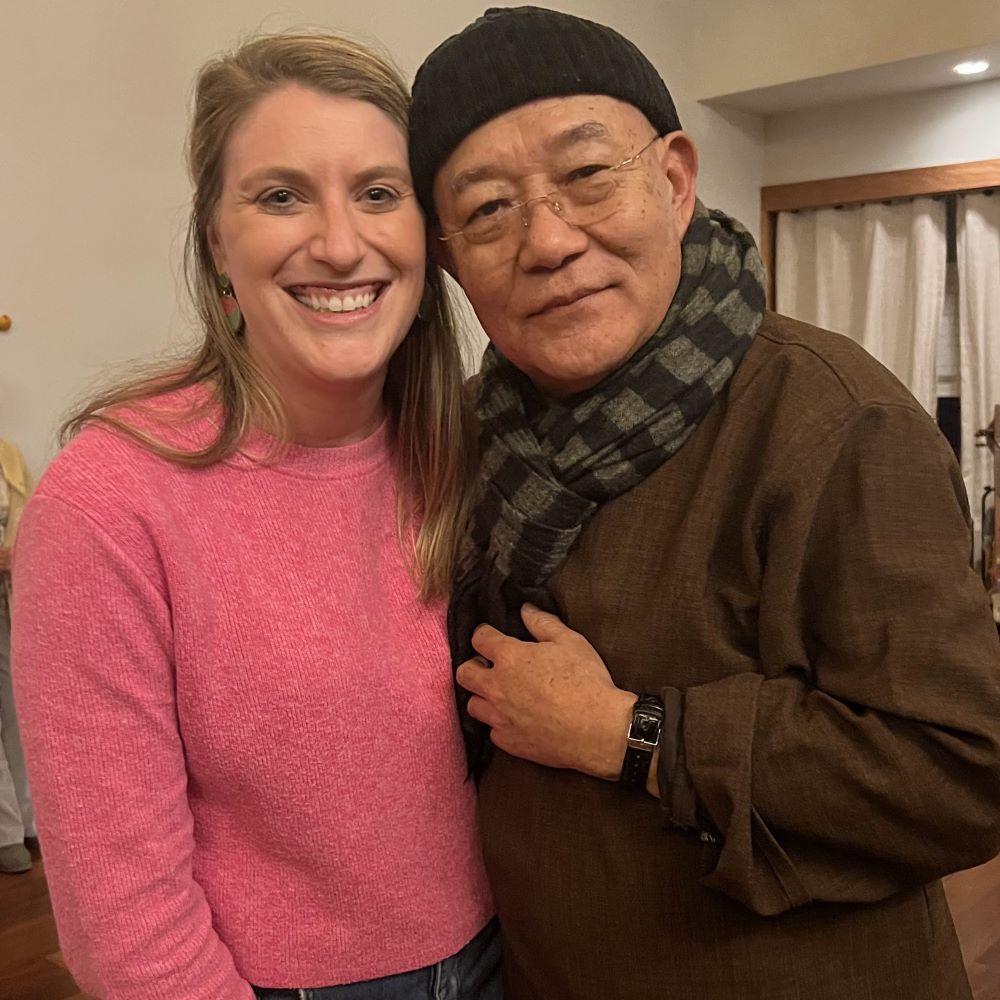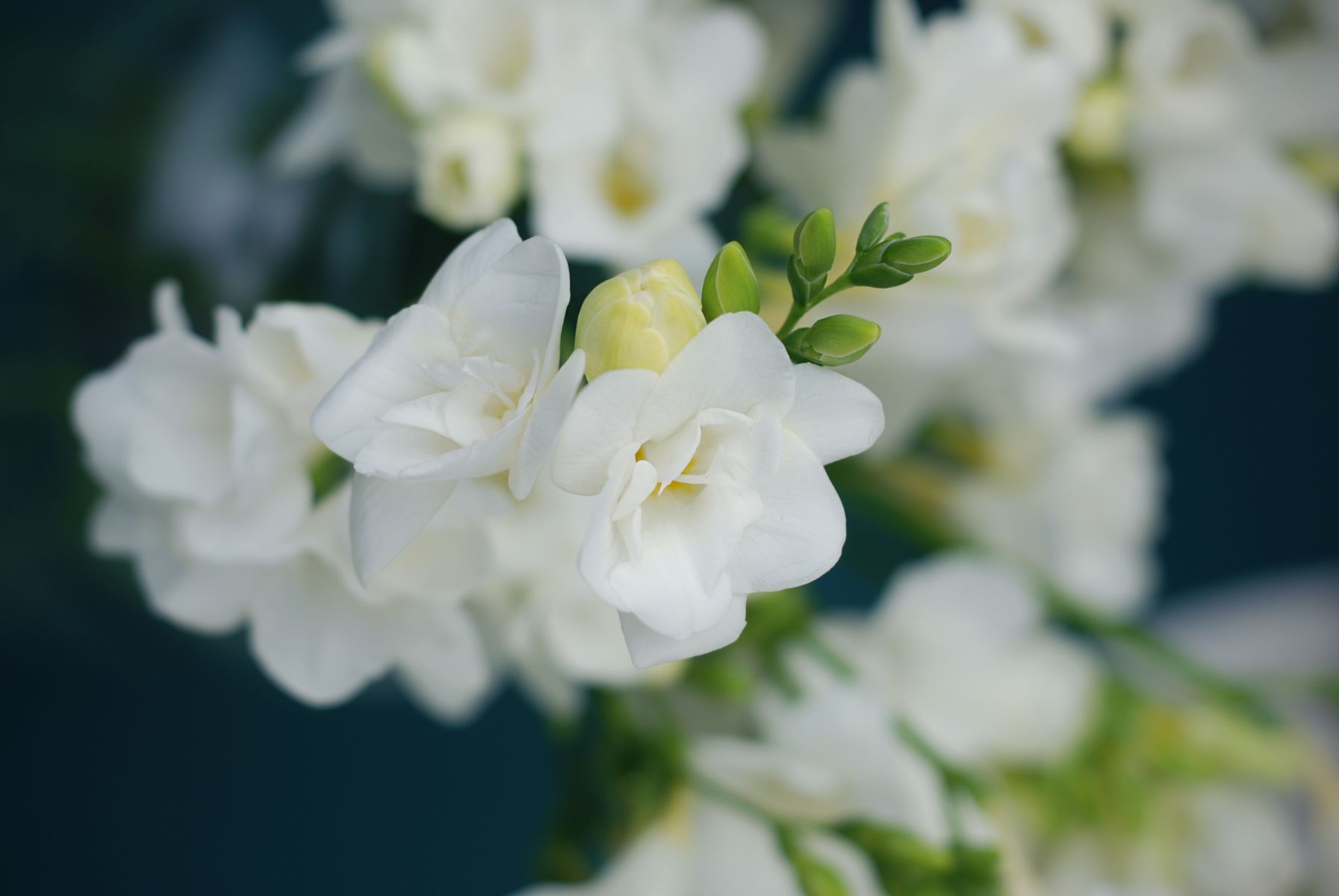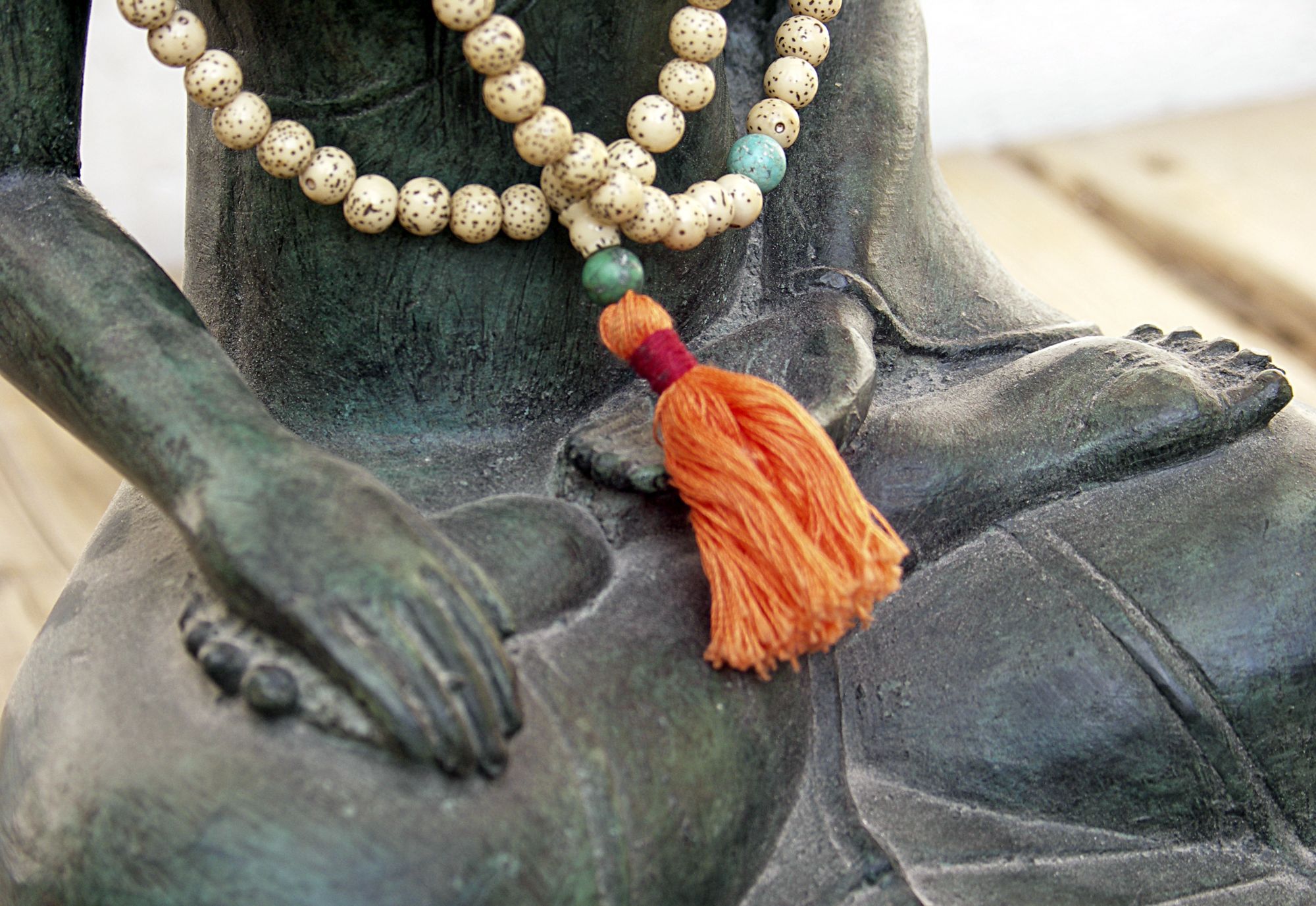It’s a typical Wednesday night at Breathe Together Yoga in my Core Release & Restore class. As I look around the room, I see students of all ages and physical abilities. I’ve guided the class through a series of somatic yoga postures and the class is currently in a resting, or “pausing,” state, in Supta Baddha Konasana (also known as reclining bound angle pose). In this pose, students lie on their backs with the soles of the feet together and, in this case, hands are by their sides. I ask the entire class, “Who hasn’t done the neurogenic tremoring with me before?” Several students raise their hands, which allows me to make a mental note to check on them early in this process.
As I start to guide them through the warm ups, a sequence that invites the tremoring to be initiated, I begin to briefly explain what is happening to their bodies. “You might feel a rocking, shaking, or bouncing,” I tell them. “This is your body’s way of releasing stuck energy that is held by tension. As your body shakes, energy that you have held onto (possibly for a very long time) is being released. And you don’t even have to remember the experience being released.” Then, I announce that I will go around the room and check in with every single person (which I do for every class) to see how their experience is going and to answer any questions they might have.
Based on the Trauma Release Exercises (TREs), neurogenic tremoring is the body’s natural mechanism for releasing tension and energy caused by stressful, anxious, or traumatic experiences. What is being released can be something that happened today, last week, or during childhood, and students will likely not have any idea what it is. The body, as an intelligent organism, is releasing whatever is ready to be let go of. This regulates the body’s systems and brings the nervous system back into rhythm. It’s a modality that is so simple and easy that it’s appropriate for just about anyone!
As I walk up to one of the new students, I ask them how they are doing and their face transitions into a big smile. “This feels weird! But it feels really relaxing!” As I approach each student, I ask, “You didn’t know your body could do this did you?” They respond similarly, laughing, and saying “no.” I tell them they are in complete control and they can take a break or stop the process entirely whenever they feel like it. After class, I greet students as they are putting their props away and ask how they are feeling. “I feel so relaxed,” one person says. “I bet I’m going to sleep very well tonight,” someone else chimes in. I invite them all back on Monday, when we will do the whole thing all over again. And based on the number of regular, returning students, it seems to benefit them!














